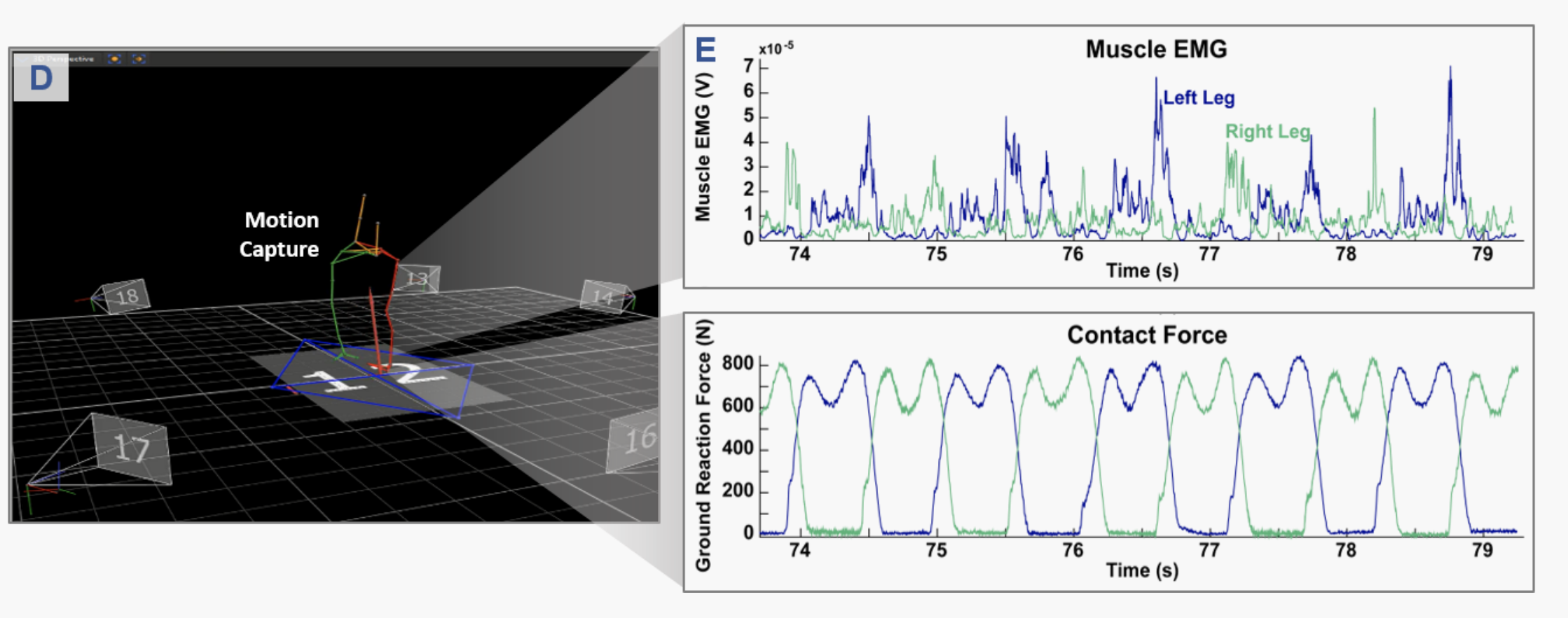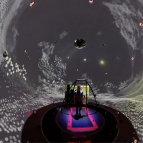Assessment of Mild Traumatic Brain Injury

Each year, an estimated 1.5 million people in the United States sustain an mTBI. The impairments caused by this type of injury vary in patients and range from dizziness and balance problems to memory and problem-solving deficits. Currently, clinical assessments of mTBI are not always sensitive enough to identify subtle impairments that patients subjectively report. As a result, clinical therapies may fail to target important sensory or motor deficits that are crucial for recovery.
At the STRIVE Center, researchers from MIT Lincoln Laboratory, Spaulding Rehabilitation Hospital, and Brigham and Women’s Hospital took two unique approaches to individualized diagnosis and subtyping of patients with an mTBI. In the first approach, the team programmed the Computer Assisted Rehabilitation Environment (CAREN) system to apply incongruous shifting of the platform and/or visual scene during static standing and dynamic walking tasks [1]. The instrumented environment allowed the research team to examine phenomenological responses by precisely measuring how individuals with mTBI reacted or adapted their movement in response to those perturbations. In the second approach, the team built mechanistic models of human movement to better delineate and identify specific deficits [2]. Results indicated that in response to perturbations, subjects with mTBI moved their ankles and hips less and also showed less variability in gait patterns compared to control subjects without TBI.

The sensorimotor conflicts and resulting movement outcomes from both approaches highlight otherwise-hidden balance impairments in individuals who have sustained an mTBI. The next steps are to transition these methods from the STRIVE Center to existing patient care systems in order to increase the sensitivity of mTBI diagnoses and subsequently administer appropriate treatments.
- H.M. Rao, T. Talkar, G. Ciccarelli, M. Nolan, A. O’Brien, G. Vergara-Diaz, et al., “Sensorimotor Conflict Tests in An Immersive Virtual Environment Reveal Subclinical Impairments in Mild Traumatic Brain Injury,” Scientific Reports, vol. 10, article no. 14773, 2020.
- G.A. Ciccarelli, M. Nolan, H.M. Rao, T. Talkar, A. O’Brien, G. Vergara-Diaz, et al., “Human Balance Models Optimized Using a Large-Scale, Parallel Architecture with Applications to Mild Traumatic Brain Injury,” paper in Proceedings of the 2020 IEEE High Performance Extreme Computing Conference (HPEC), pp. 1–8, virtual, Sept. 21–25, 2020.
